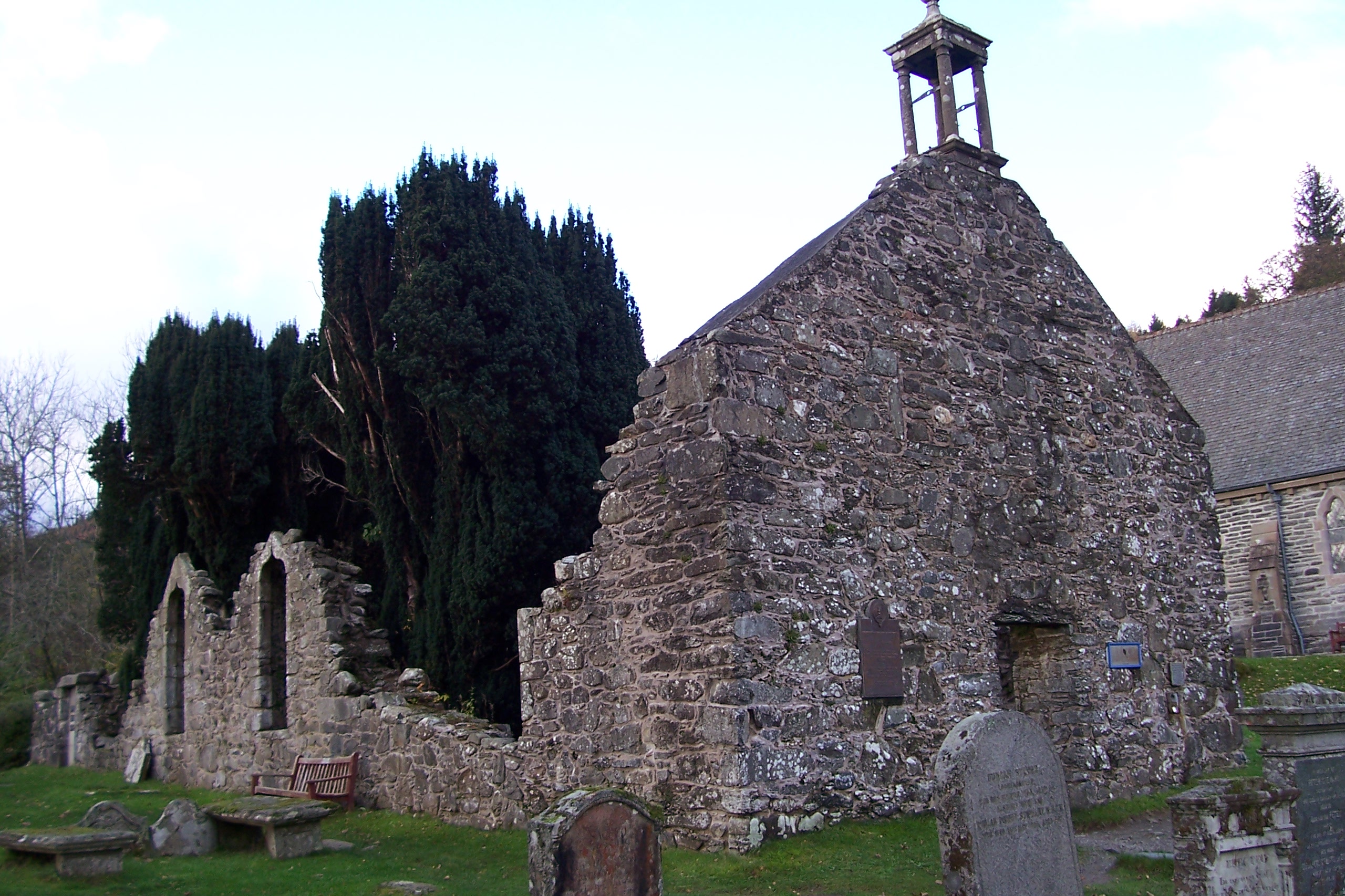Kirk, Robert, 1641?-1692
Enlarge text Shrink text- nuc86-44066: His Rev. Robert Kirk's ... 1984?(hdg. on CSt rept.: Kirk, Robert, 1641?-1692)
- LC data base, 8-25-86(hdg.: Kirk, Robert, 1641?-1692)
Robert Kirk (9 December 1644 – 14 May 1692) was a minister, Gaelic scholar and folklorist, best known for The Secret Commonwealth, a treatise on fairy folklore, witchcraft, ghosts, and second sight, a type of extrasensory perception described as a phenomenon by the people of the Scottish Highlands. Folklorist Stewart Sanderson and mythologist Marina Warner called Kirk's collection of supernatural tales one of the most important and significant works on the subject of fairies and second sight. Christian philosopher and religious studies scholar David Bentley Hart has praised Kirk for writing The Secret Commonwealth to defend "harmless Scottish country folk who innocently dabbled in the lore of their culture" and "found themselves arraigned by Presbyterian courts for practicing the black arts." In the late 1680s, Kirk travelled to London to help publish one of the first translations of the Bible into Scottish Gaelic. Gentleman scientist Robert Boyle financed the publication of the Gaelic Bible and pursued inquiries into Kirk's reports of second sight. Kirk died before he was able to publish The Secret Commonwealth. Legends arose after Kirk's death saying he had been taken away to fairyland for revealing the secrets of the Good People. Scottish author Walter Scott first published Kirk's work on fairies more than a century later in 1815. Andrew Lang later gave it the popular title, The Secret Commonwealth of Elves, Fauns and Fairies (1893). Multiple editions of The Secret Commonwealth have since been published, with notable scholarly analysis by Sanderson, Mario M. Rossi, and Michael Hunter.
Read more on Wikipedia >
 Personality
Personality




